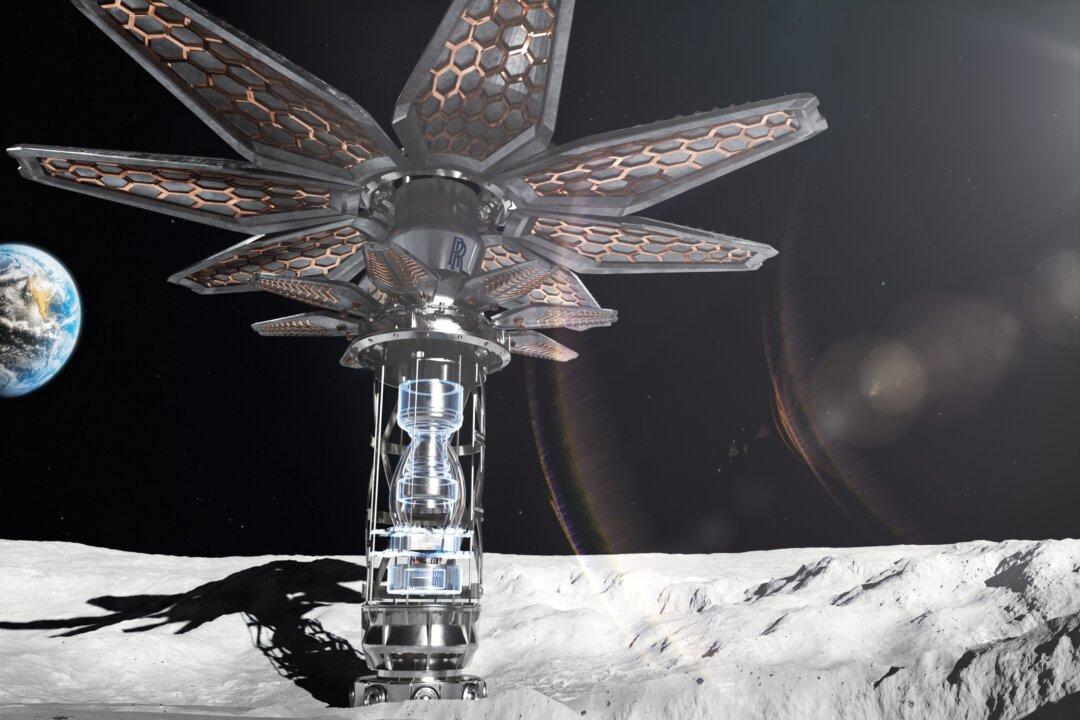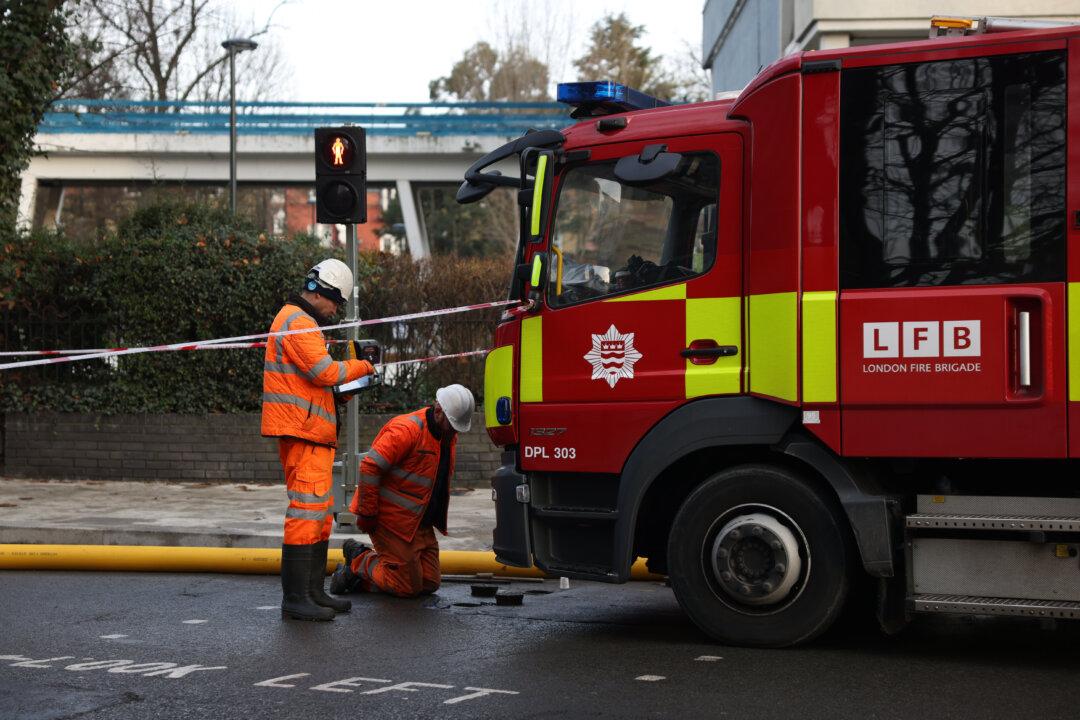Rolls-Royce has received UK government funding to develop a nuclear reactor for a future moon base.
Scientists and engineers at the British company are working on the Micro-Reactor programme to develop technology that will provide power needed for humans to live and work on the moon.





